The Chicken Crisis of 2023: Understanding the Global Shortage
The Chicken Crisis of 2023: Understanding the Global Shortage
Attention all chicken lovers and food enthusiasts! Brace yourselves for the jaw-dropping revelation that will ruffle feathers worldwide. Yes, you heard it right – a poultry crisis is looming on the horizon, threatening to disrupt our beloved chicken-centric lifestyles. The Chicken Crisis of 2023 has arrived, leaving us in a state of perplexity as we desperately seek answers to this unfathomable global shortage. Join us on this riveting journey as we unravel the mysteries behind this unprecedented phenomenon and gain an understanding of how it will impact our tables and taste buds alike. Get ready for some finger-lickin’ insights that’ll leave you clucking with intrigue!
Introduction to the Chicken Crisis of 2023
The Chicken Crisis of 2023 has been making headlines all over the world, leaving consumers and industry experts bewildered. It is a phenomenon that has caused a global shortage of chicken, impacting not only the poultry industry but also the food supply chain and economy as a whole. In this section, we will delve into the root causes of this crisis and how it has unfolded in recent years.
Firstly, it is important to understand that the global demand for chicken has been steadily increasing over the past few decades. This can be attributed to various factors such as population growth, rising incomes in developing countries, and changing dietary habits. Additionally, chicken is considered a relatively affordable source of protein compared to other meats like beef or pork.
However, with increasing demand comes increased pressure on the poultry industry to meet these needs. This led to intense breeding practices and large-scale factory farming methods which have been prevalent in many countries for several years now. These methods often prioritize quantity over quality and have raised concerns about animal welfare and environmental sustainability.
Amidst this growing demand for chicken production, another factor came into play – the outbreak of avian influenza (AI) or bird flu. AI is a highly contagious viral disease that affects birds worldwide, leading to mass culling of infected flocks. The first major outbreak occurred in Asia in 2003 and since then it has spread to other parts of the world including Europe, Africa, and North America.
The Reasons Behind the Global Shortage
The global shortage of chicken has been a major concern for consumers, farmers, and the poultry industry as a whole. In recent years, there has been a significant decrease in the supply of chicken worldwide, leading to rising prices and scarcity in many countries. This crisis has affected both developed and developing nations, causing widespread panic and uncertainty.
There are several complex factors that have contributed to this global shortage of chicken. Some of the main reasons behind this crisis include:
1. Decline in Production:
One of the primary reasons for the global shortage is the decline in production levels across many countries. Several factors have led to this decrease in production, including outbreaks of avian flu, which resulted in massive culling of chickens and restrictions on exports. Moreover, natural disasters such as floods or droughts have also affected poultry farms and reduced their output.
In addition to these external factors, there has been a shift towards more sustainable and ethical farming practices that require longer raising times for chickens. This transition has resulted in slower growth rates and decreased overall production capacity.
2. High Demand:
Another critical factor contributing to the global shortage is an increase in demand for chicken products worldwide. The rise in population along with changing dietary preferences towards protein-rich foods has led to a surge in demand for chicken meat globally.
Moreover, economic development and urbanization have also played a crucial role in increasing demand for poultry products as they become more accessible and affordable to individuals living in cities.
Impact on the Food Industry and Economy
The chicken crisis of [insert year] has caused significant impacts on the food industry and economy worldwide. This shortage of poultry, which is a staple in many cuisines around the globe, has disrupted supply chains, increased prices, and affected consumer behavior.
One of the most noticeable effects of this crisis is on the food industry. Poultry is a crucial ingredient in various food products such as ready-to-eat meals, snacks, and processed meats. The shortage has forced manufacturers to find alternative sources or reduce their production capacity, leading to limited availability of these products in the market. Many fast-food chains have also been affected by the lack of chicken, resulting in menu changes or temporary closures.
Moreover, restaurants that heavily rely on chicken dishes as their main offerings have faced significant challenges. With limited supply and high prices, they are forced to either increase prices or change their menus – both of which can negatively impact their bottom line. This has also led to a decline in customer satisfaction as they may not be able to enjoy their favorite chicken-based dishes.
Beyond the food industry itself, there have been ripple effects on other sectors of the economy. The shortage has resulted in an increase in chicken prices globally due to high demand and limited supply. This price hike has directly impacted consumers’ wallets as they now have to pay more for poultry products at grocery stores and markets.
How Did We Get Here? A Look at Past Events Leading to the Crisis
The chicken crisis of [current year] has taken the world by storm, causing panic and confusion as people struggle to understand how we got here. In order to fully understand the extent of this global shortage, it’s important to take a step back and look at the past events that have led us to this point.
1. The rise in demand for chicken
For decades, chicken has been a staple in many diets around the world due to its affordability and versatility. However, in recent years, there has been a significant increase in demand for chicken as more people turn towards healthier protein options. This rise in demand can be attributed to various factors such as increasing health consciousness, dietary changes, and cultural influences.
2. Industrialization of poultry farming
To meet the growing demand for chicken, poultry farming underwent a significant shift from traditional methods to industrialized processes. This allowed for large-scale production of chickens at a faster rate than ever before. While this increased efficiency initially helped keep up with demand, it also had negative consequences such as overcrowding and unsanitary conditions for the chickens.
3. Outbreaks of avian diseases
In recent years, there have been several outbreaks of avian diseases such as bird flu (H5N1) and Newcastle disease which have greatly impacted chicken populations around the world. These diseases not only cause large numbers of chickens to die but also require entire flocks to be culled in order to prevent further spread.
Solutions Being Proposed by Experts and Governments
The global chicken crisis has been a growing concern for communities and governments around the world. As the demand for chicken continues to rise, experts and government officials have come up with various solutions to address this issue.
1. Increasing Production: One of the main proposed solutions is to increase chicken production in countries that are facing shortages. This can be achieved through incentives and support for farmers, such as subsidies or low-interest loans for purchasing equipment and expanding their farms. Additionally, governments could also provide training and resources to help farmers improve their efficiency and productivity.
2. Genetic Modification: Another solution being explored is genetic modification of chickens to produce more meat in a shorter amount of time. This technology, while controversial, has already shown promising results in increasing chicken yield in some countries.
3. Importing Chicken: In order to meet the high demand for chicken, many countries are turning to importing from other nations with surplus production. This allows for a continuous supply of chicken while domestic production catches up.
4. Diversifying Protein Sources: Some experts suggest diversifying protein sources by promoting alternative meats such as plant-based proteins or insect-based proteins. This would not only reduce the pressure on chicken production but also promote sustainability and reduce environmental impact.
5. Improving Supply Chain Efficiency: Another solution being proposed is improving supply chain efficiency from farm to table. This includes investing in better storage facilities, transportation methods, and reducing food waste along the supply chain.
Effects on Agriculture and Farming Practices
The global shortage of chickens has had a significant impact on agriculture and farming practices around the world. In this section, we will discuss the effects of this crisis on both small-scale and large-scale farming operations, as well as the overall agricultural industry.
1. Impact on Small-Scale Farming:
Small-scale farmers, who rely heavily on poultry production for their livelihoods, have been hit hard by the chicken crisis. These farmers typically raise chickens in backyard or small-scale operations and sell them to local markets or restaurants. With the decrease in chicken availability, small-scale farmers are facing financial challenges as they struggle to meet consumer demands.
Moreover, many small-scale farmers also use chicken manure as fertilizer for their crops. With fewer chickens being raised, there is a decrease in manure production which can affect crop yields and soil health. This not only impacts the farmers’ income but also has a ripple effect on food production and prices for consumers.
2. Changes in Farming Practices:
In response to the global shortage of chickens, many large-scale poultry farms have been forced to change their farming practices. To meet consumer demand, these farms have increased their production rates by using growth hormones and antibiotics to accelerate chicken growth. This has raised concerns about animal welfare and food safety among consumers.
Additionally, some countries have also started importing more chickens from other countries to make up for the shortage domestically. This trend has led to an increase in international trade agreements and regulations surrounding poultry imports.
Alternative Protein Sources and Sustainable Options
The global chicken shortage has led to a greater interest in alternative protein sources and sustainable options. As the demand for chicken remains high, it is important to explore other protein options that not only provide a nutritious alternative but also have a more sustainable impact on the environment.
1. Plant-Based Proteins:
One of the most popular alternatives to chicken is plant-based proteins. These include beans, lentils, tofu, tempeh, and quinoa. Not only are these options rich in protein, but they also offer essential vitamins and minerals. Additionally, plant-based proteins are much more sustainable as they require fewer resources such as water and land compared to traditional animal farming.
2. Insects:
Insects may seem like an unconventional source of protein, but they have been consumed by humans for centuries in many cultures around the world. Insects such as crickets and mealworms are high in protein and can be farmed with minimal resources compared to traditional livestock farming. They also emit significantly less greenhouse gases than cattle or poultry.
3. Lab-Grown Meat:
Lab-grown meat, also known as cultured meat or clean meat, is produced by growing muscle tissue from animal stem cells in a laboratory setting. This method requires significantly less land and resources compared to traditional animal farming methods while still providing a similar nutritional profile as conventionally raised meats.
What Can Consumers Do to Help?
The global chicken shortage has been causing panic and frustration for consumers all over the world. Prices of chicken products have increased, and some stores are even running out of stock. This crisis is not only affecting the poultry industry but also the daily lives of consumers who rely on chicken as a staple food in their diets.
While this situation may seem daunting, there are actually several things that consumers can do to help alleviate the effects of the chicken shortage. By making conscious decisions and taking small steps, we can all contribute to finding a solution to this pressing issue.
1. Diversify Your Protein Sources
One way to lessen the demand for chicken is by diversifying your protein sources. Instead of relying solely on chicken meat, try incorporating other types of protein into your meals such as fish, pork, or beans. Not only will this reduce the strain on the poultry industry, but it can also introduce new flavors and nutrients into your diet.
2. Support Local Farms
Many local farmers have been severely affected by the global chicken shortage as they struggle to keep up with rising costs and reduced production levels. As a consumer, you can show your support for these small-scale farms by purchasing their products instead of buying from large commercial producers. This not only helps them financially but also encourages sustainable farming practices.
Conclusion: Looking Towards a Future with or without Chicken.
The chicken crisis of has been a wake-up call for the entire world, as it has highlighted the fragility of our global food supply chain and the potential consequences of disruptions in this system. As we come to terms with the reality of a global shortage of chicken, it is essential to look towards the future and understand how this crisis may shape our relationship with chicken consumption.
Firstly, it is crucial to address the possibility that this crisis could result in a future without chicken. The current shortage is caused by various factors such as disease outbreaks, trade restrictions, and supply chain disruptions. If these issues are not adequately addressed and managed in the long term, there is a real risk that chicken production may continue to decline, leading to a permanent decrease in availability. This would have significant implications for individuals who rely on chicken as their primary source of protein as well as for industries that heavily depend on poultry products.
Moreover, consumers’ changing attitudes towards meat consumption could also contribute to a potential future without chicken. With increasing awareness about ethical concerns related to factory farming and environmental impact, many people are turning towards plant-based diets or reducing their meat intake. This shift in consumer behavior could further decrease demand for chicken products and ultimately lead to its declining popularity.


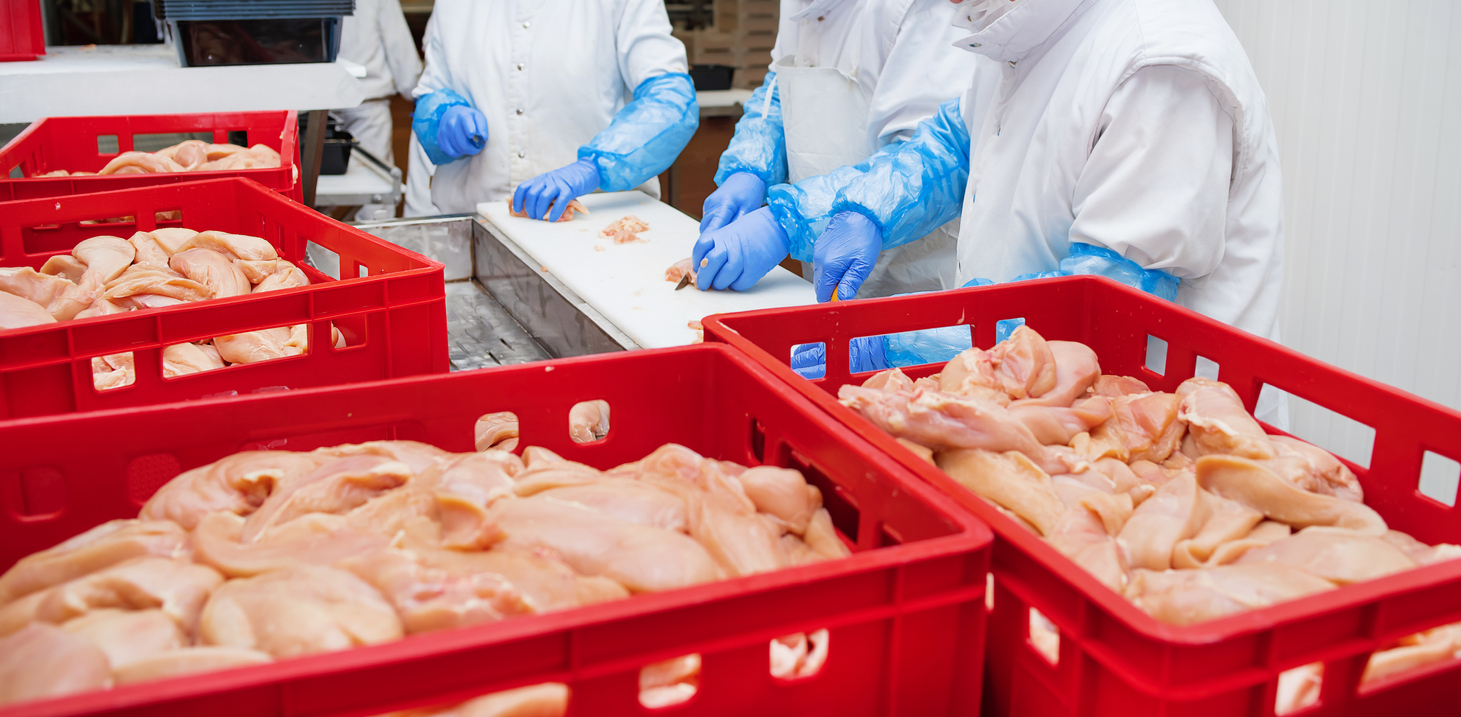
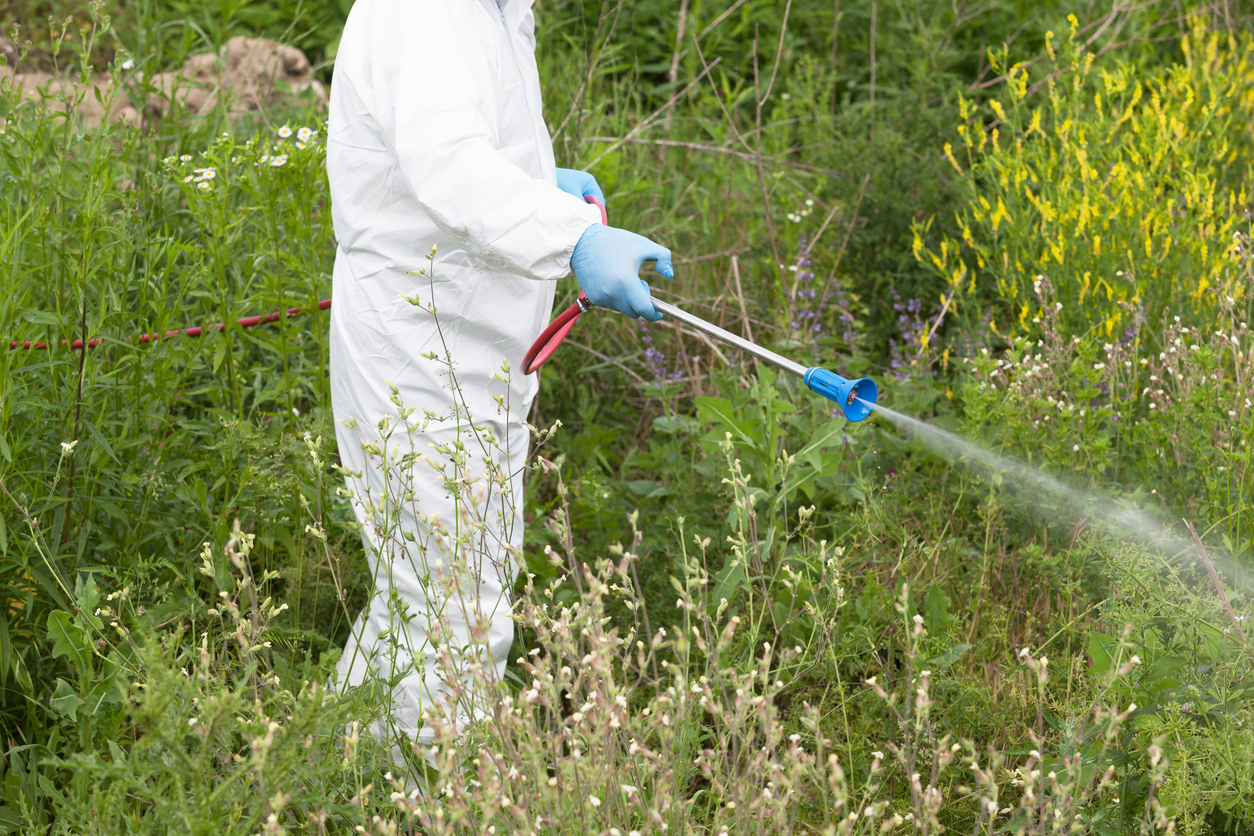
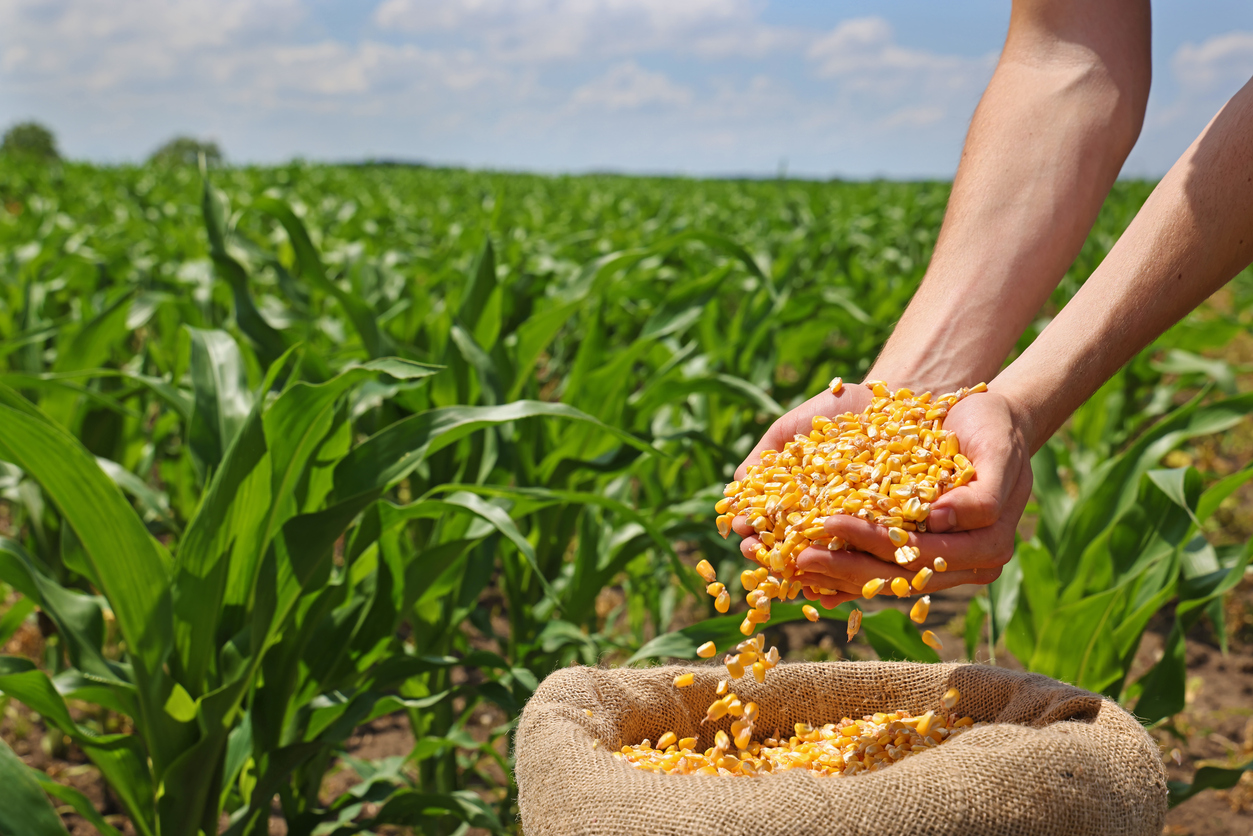

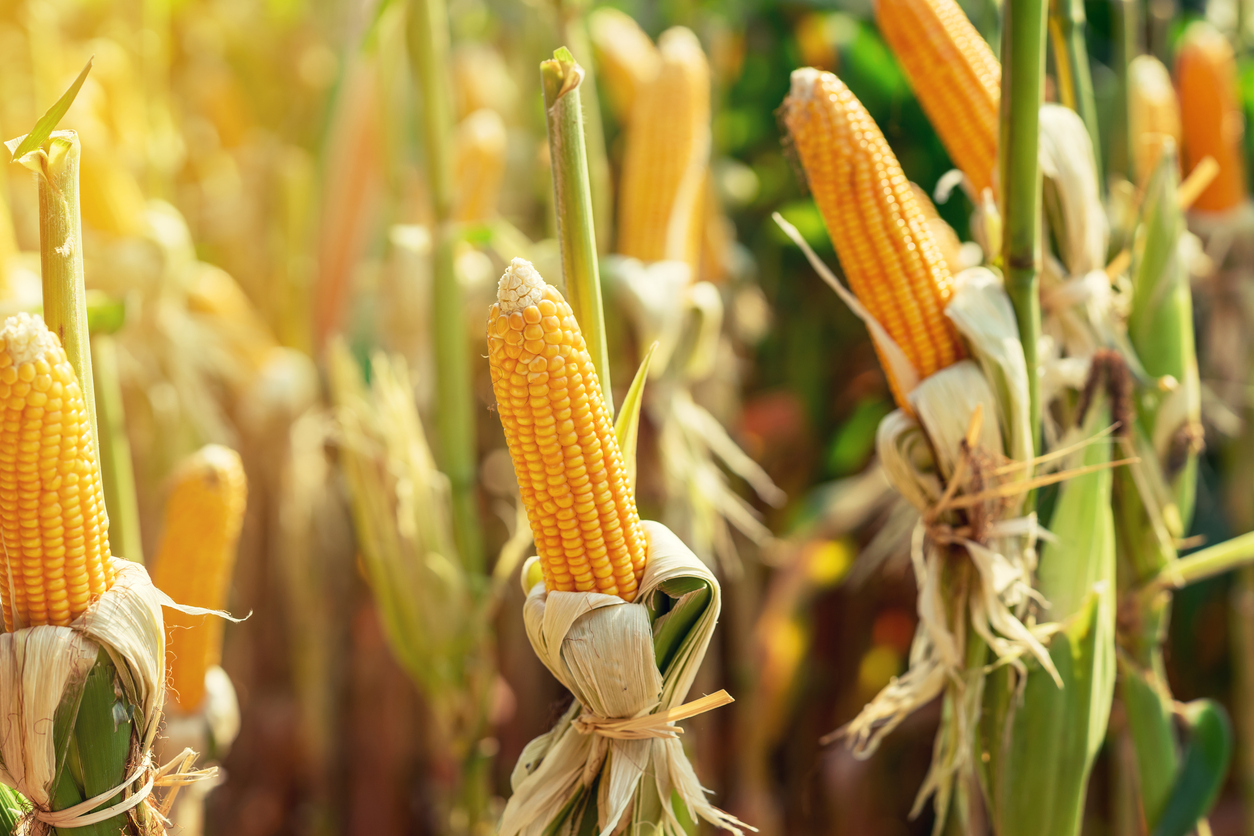
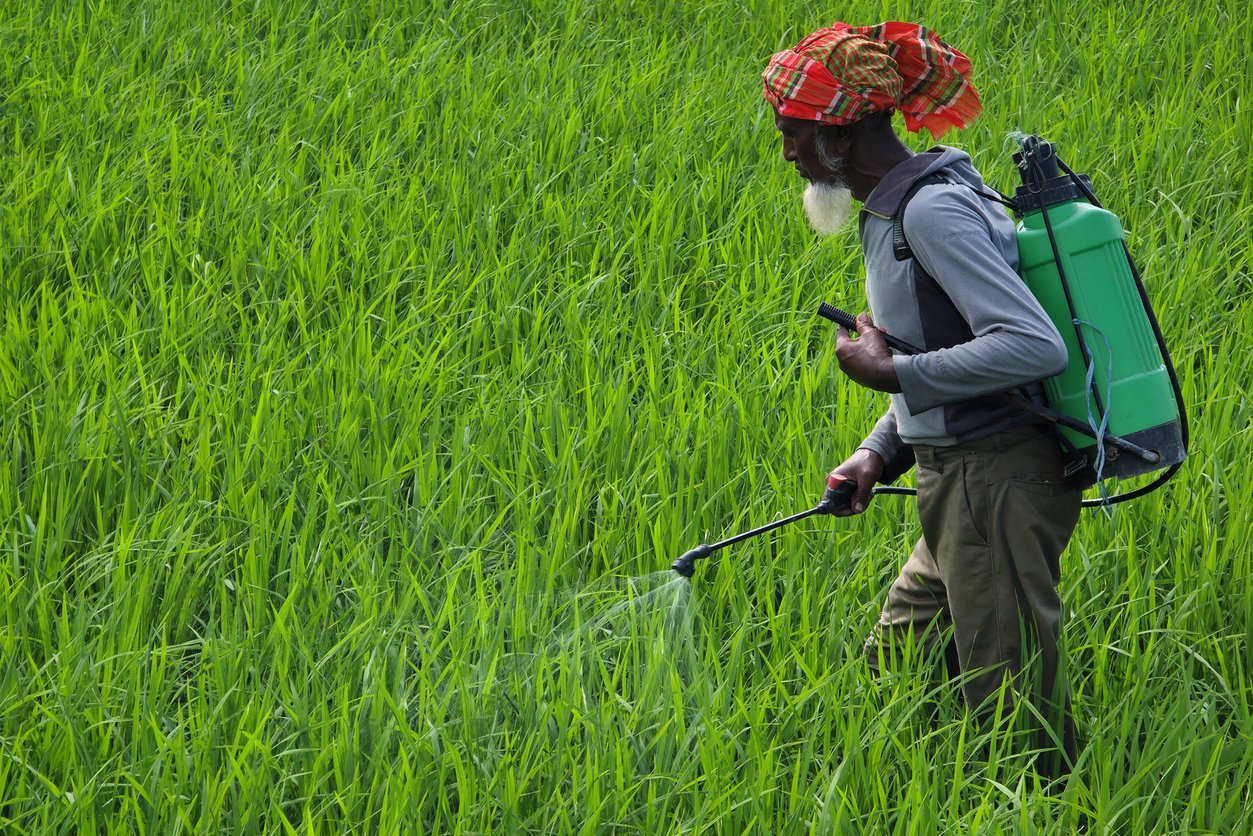
Comments are closed.